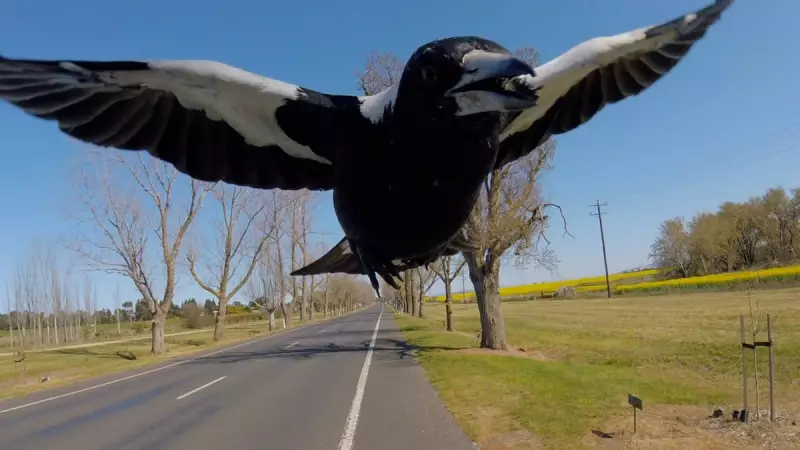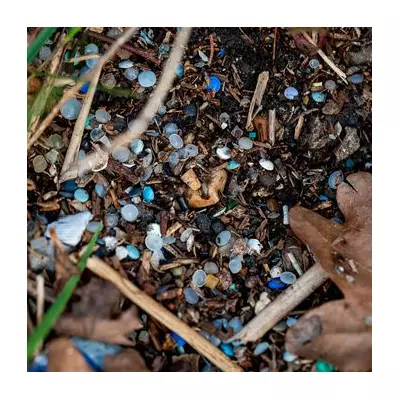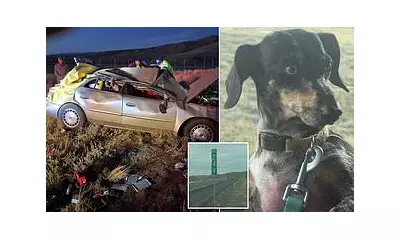
Australia's annual aerial assault has officially commenced, with the return of the notorious magpie swooping season putting cyclists and pedestrians across the nation on high alert. The black-and-white birds have begun their protective diving rituals, marking the start of the spring breeding period that transforms normally peaceful parks and bike paths into potential danger zones.
Cyclists Bear the Brunt of Aggressive Defence
Recent data reveals that cyclists remain the primary targets of these territorial attacks, accounting for the majority of reported incidents. The combination of speed and perceived threat makes bicycle riders particularly vulnerable to the birds' defensive swoops, which can reach surprising velocities and occasionally result in injuries.
Understanding Magpie Behaviour
Wildlife experts emphasise that this aggressive behaviour is purely protective, not malicious. "Magpies are simply defending their nests and young during the breeding season," explains avian specialist Dr Sarah Chen. "They perceive humans, especially those moving quickly, as potential threats to their offspring."
Essential Safety Strategies for Urban Commuters
For those navigating magpie territory, several proven tactics can reduce the risk of attacks:
- Dismount and walk through known swooping hotspots
- Wear protective headgear including helmets with zip-ties or eyes painted on the back
- Maintain eye contact with magpies as they're less likely to attack when watched
- Take alternative routes during peak swooping season (August to November)
- Avoid provoking nests and respect their protective behaviour
Community Reporting and Awareness
Local councils have revived their magpie alert systems, encouraging residents to report aggressive birds and dangerous locations. These community-driven maps help cyclists and pedestrians plan safer routes while authorities consider temporary signage in high-risk areas.
Despite the annual inconvenience, conservationists remind Australians that magpies play a vital role in ecosystem management, controlling insect populations and contributing to biodiversity. The swooping season, while challenging for humans, represents a natural and temporary phenomenon that underscores Australia's unique wildlife interactions.





